1851 London, Culture: The Great Exhibition opened in the purpose built Crystal Palace, a giant glass-and-iron hall. There were 14,000 exhibits covering eight miles of tables over nearly a million square feet. Many of the displays were new technologies of the time, including false teeth. But the Crystal Palace itself was the centrepiece. After the six months of the Exhibition it was moved to Sydneham and substantially rebuilt, bankrupting the consortium that owned it. There was no money for upkeep and the iron rusted, and the glass was pitted by pollution, dirtied, and cracked. In 1936 it was ravaged by fire. While arson was suspected no charges arose, and the building was so under-insured it could be neither repaired nor re-built. It was the first World’s Fair and another soon followed in 1853 in New York City.
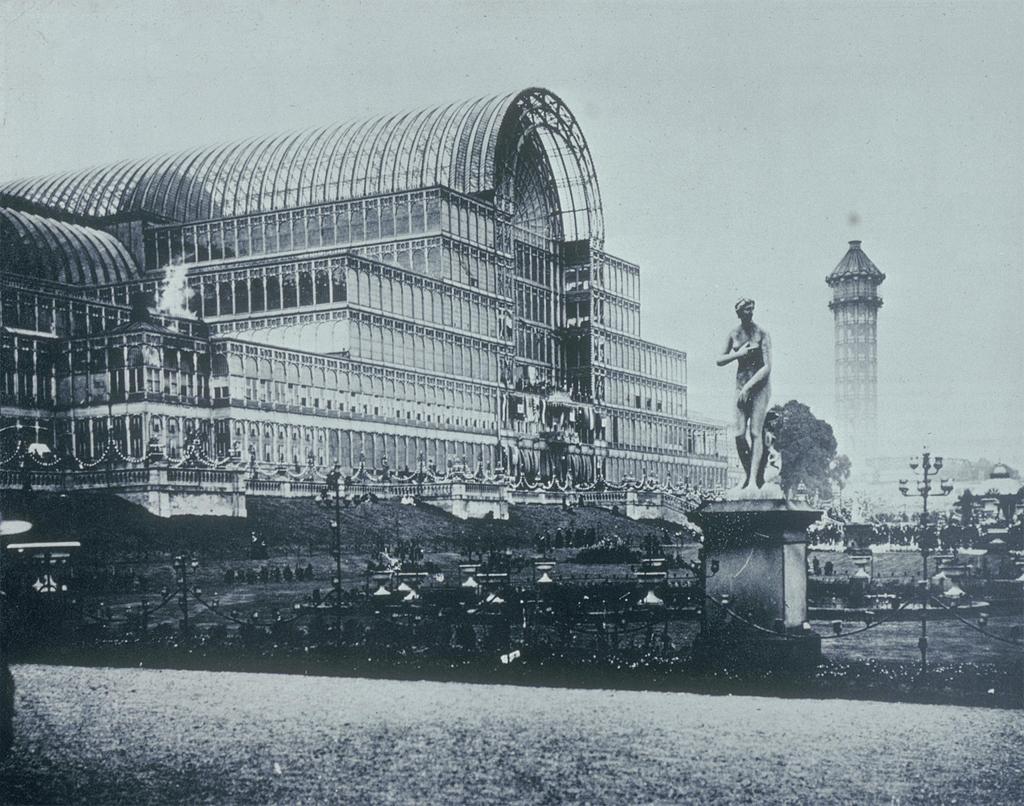
1886 Paris, Labour: May first has long been the first day of spring in the Northern Hemisphere. After the Haymarket Strike and Massacre, a gathering of international labour leaders called for a day of remembrance and to continue to campaign for an eight-hour day of work. 1 May became Labour Day. Over time the name has been changed and changed back and in some jurisdictions the date has been shifted to September, but it started in Chicago and was christened in Paris. The Labour Day parade shown below was in Brizzy a few years ago.
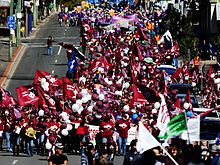
1926 Dearborn (MI), Industry: The Ford Motor Corporation adopted the forty hour week for its employees. It the first major corporation to do so. See the entry for 1886 above for some context.
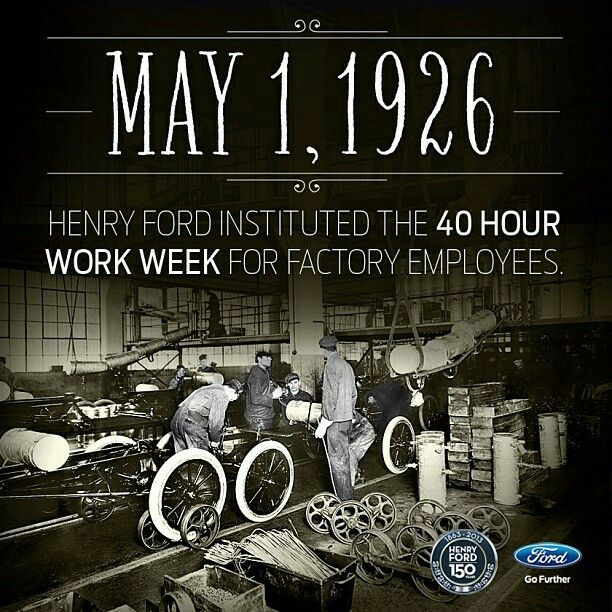
1931 New York City, Architecture: The Empire State Building was dedicated by President Herbert Hoover who pressed a switch in his White House office to turn the lights on in New York City. The consortium lead by John D Rockefeller which funded it did so in part to show confidence in the economic recovery of New York City. The entire building went up in just over a year, under budget and well ahead of schedule. During certain periods of building, the frame grew an astonishing four-and-a-half stories a week.
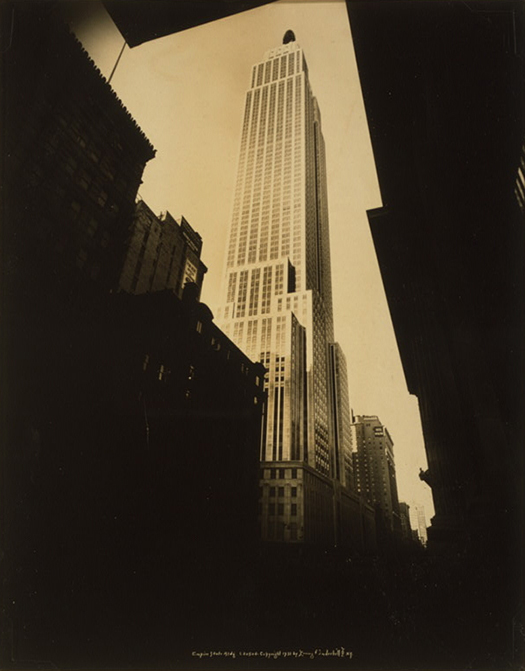
1941 New York City, Cinema: In the RKO Palace Theatre Citizen Kane premiered. The Hearst Empire — think Murdoch — attacked the film for its portrayal of a thinly disguised megalomaniac named William Randolph Hearst long before its release so that the Radio City Music Hall refused to screen it fearing commercial reprisals, relegating it to a smaller, more out of the way theatre but adding to the publicity.
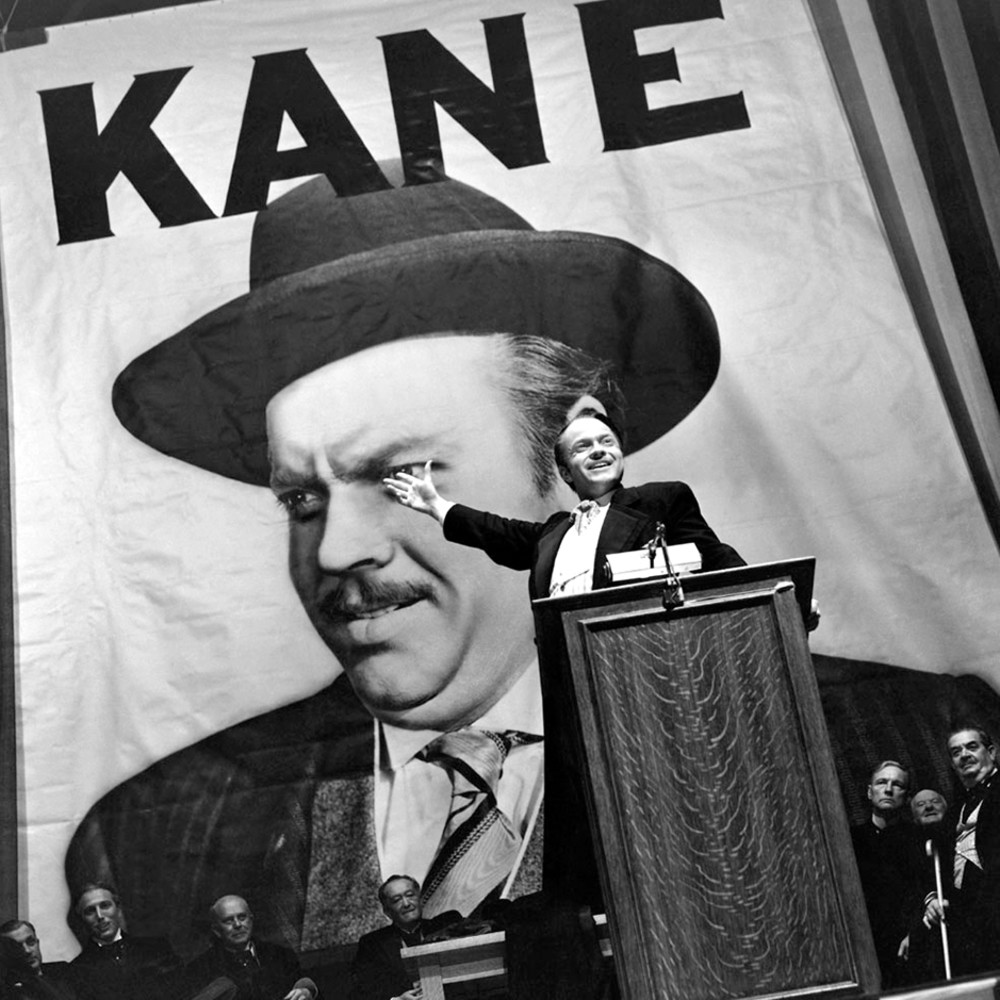
Skip to content
